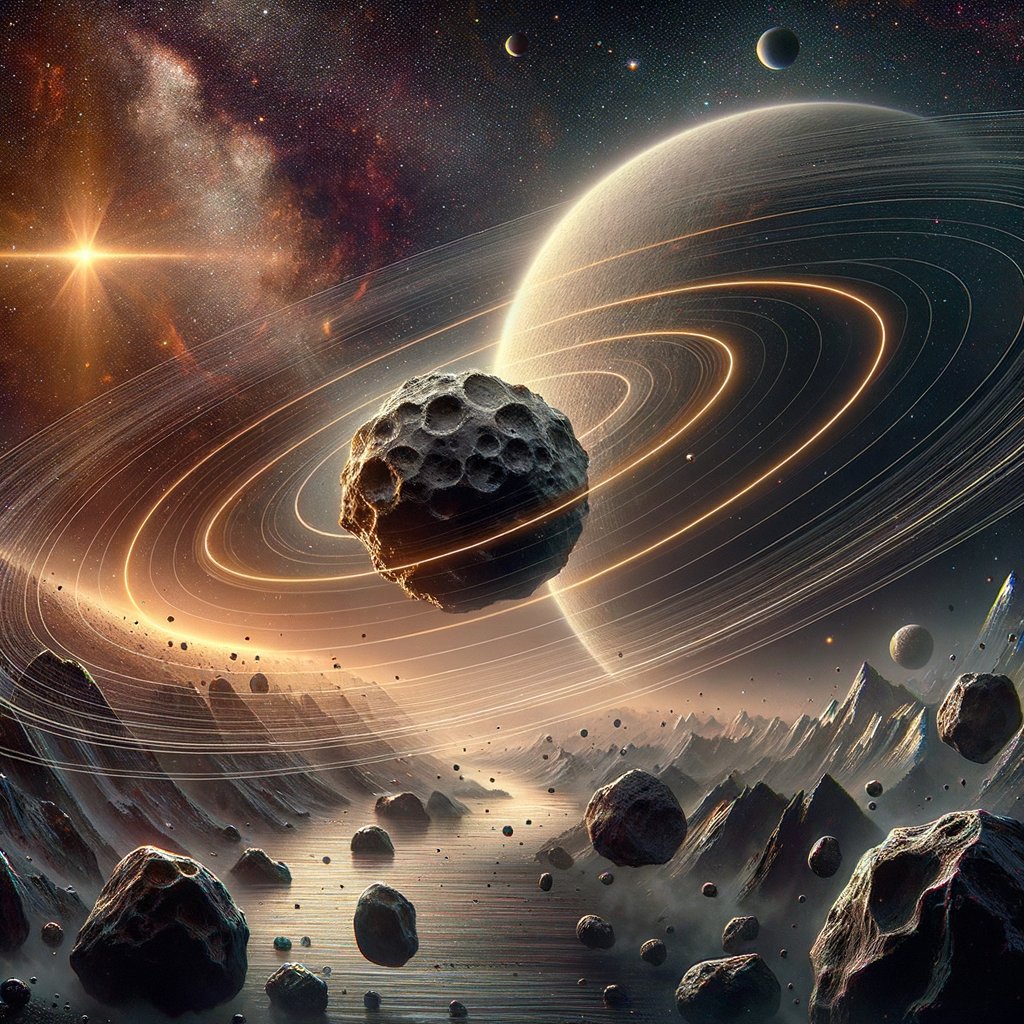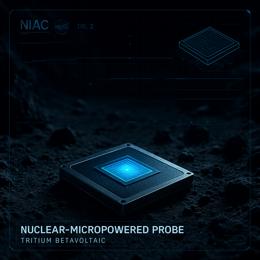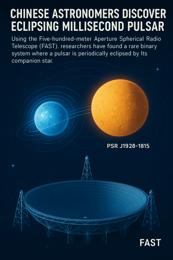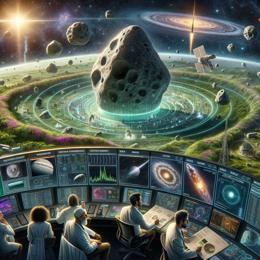Image created by AI
NASA Researchers Unveil New Insights into Mysterious Dark Comets
In a groundbreaking study published in the Proceedings of the National Academy of Sciences, NASA researchers announce a significant breakthrough in our understanding of dark comets, an enigmatic type of celestial body that blurs the lines between asteroids and comets.
The study originated from puzzling observations made in 2016, when scientists noticed that an object designated as "asteroid" 2003 RM exhibited small yet unexplainable deviations from its projected orbit. This led Davide Farnocchia of NASA's Jet Propulsion Laboratory, and his team, to speculate about the existence of dark comets — objects appearing as asteroids but behaving like comets due to outgassing volatile materials which subtly propel them through space.
The discovery of the first interstellar object, 1I/2017 U1 ('Oumuamua), in 2017, which showed similar characteristics to 2003 RM, further supported the hypothesis of dark comets. This paved the way for the new research which not only confirms the existence of these bodies but introduces a categorization into two types based on their orbital properties and size.
According to the study, the solar system houses larger "outer dark comets" that have highly eccentric orbits and share traits with Jupiter-family comets, and smaller "inner dark comets" that follow nearly circular paths closer to the inner solar system planets.
This categorization helps deepen our understanding of how different celestial bodies behave and interact within our solar system. As Darryl Seligman, a postdoctoral fellow at Michigan State University and the lead author of the study, points out, the investigation into dark comets' reflectivity and orbits revealed startling diversity.
Furthermore, the research opens several new avenues of inquiry, including the origins of dark comets and their potential role in delivering essential materials to Earth that may have been crucial for the development of life. This aligns with broader scientific efforts to understand life's origins in the cosmos, making the study of dark comets not only a quest for basic astrophysical knowledge but also a vital piece of the puzzle in understanding our own planet's history.
With now fourteen known dark comets, researchers are better positioned to explore these and other questions. As the catalogue of these mysterious celestial bodies grows, so too does our potential to unlock the secrets of the solar system's earliest days.
As we continue to explore the vast reaches of space, the classification and study of dark comets will undoubtedly refine our models of the cosmos and enhance our understanding of the universe's many uncharted phenomena.










